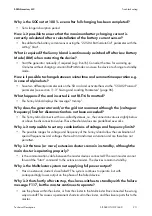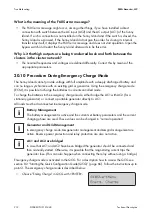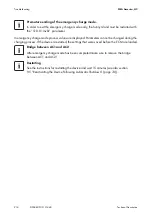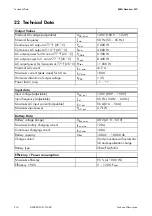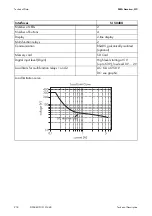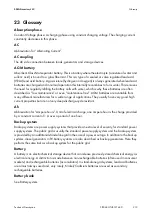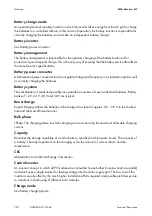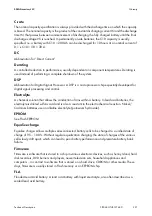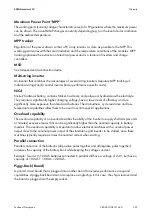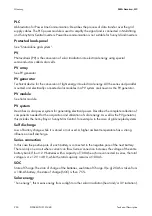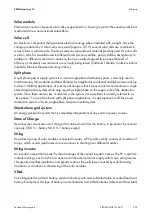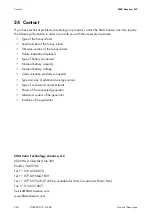
SMA America, LLC
Glossary
Technical Description
SI5048U-TUS121440
225
Solar module
Electrical connection of several solar cells encapsulated in a housing to protect the sensitive cells from
mechanical stress and environmental effects.
Solar cell
An electronic component that generates electrical energy when irradiated with sunlight. Since the
voltage produced by a solar cell is very small (approx. 0.5 V), several solar cells are combined in
series to form a solar module. The most common semiconductor material presently used for solar cells
is silicon, which is manufactured in different forms (monocrystalline, polycrystalline, amorphous). In
addition to different mechanical variations, that are usually designed to increase the level of
efficiency, completely new materials are currently being tested (Cadmium Telluride, Cadmium Indium
Sulphide, Titanium Dioxide and many others.)
Split phase
A split phase power supply system is a 3-wire single-phase distribution system, commonly used in
North America, UK, Australia and New Zealand for single-family residential and light commercial (up
to about 100 kVA) applications. Its primary advantage is that it saves conductor material over a single
ended single phase system while only requiring single phase on the supply side of the distribution
system. Since there are two live conductors in the system, it is sometimes incorrectly referred to as
”two phase”. To avoid confusion with split phase applications, it is appropriate to call this power
distribution system a 3-wire, single-phase, mid-point neutral system.
Stand-alone grid system
An energy generation system that is completely independent of any external power sources.
State of Charge
Describes the current amount of charge that can be drawn from the battery, in percent of the nominal
capacity (100 % = battery full, 0 % = battery empty).
String
Describes a group of solar modules connected in series. A PV system usually consists of a number of
strings, which avoids yield losses due to variations in shading over different modules.
String inverter
An inverter concept that avoids the disadvantages of the central inverter concept. The PV is split into
individual strings, each of which is connected to the external mains supply with its own string inverter.
This greatly simplifies installation and greatly reduces the yield losses caused by manufacturing
deviations or variations in shadowing of the solar modules.
VRLA
Valve Regulated Lead Acid battery: Lead-acid battery with semi-solid electrolyte or sealed lead acid
battery. Examples of this type of battery are Gel batteries and AGM batteries (Absorbent Glass Mat).

